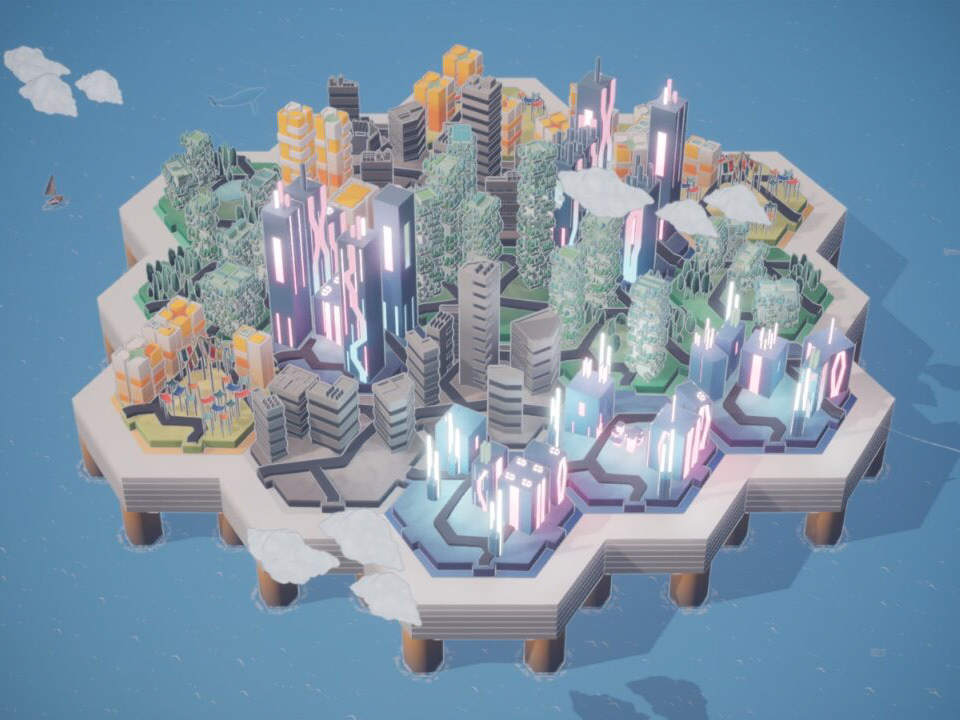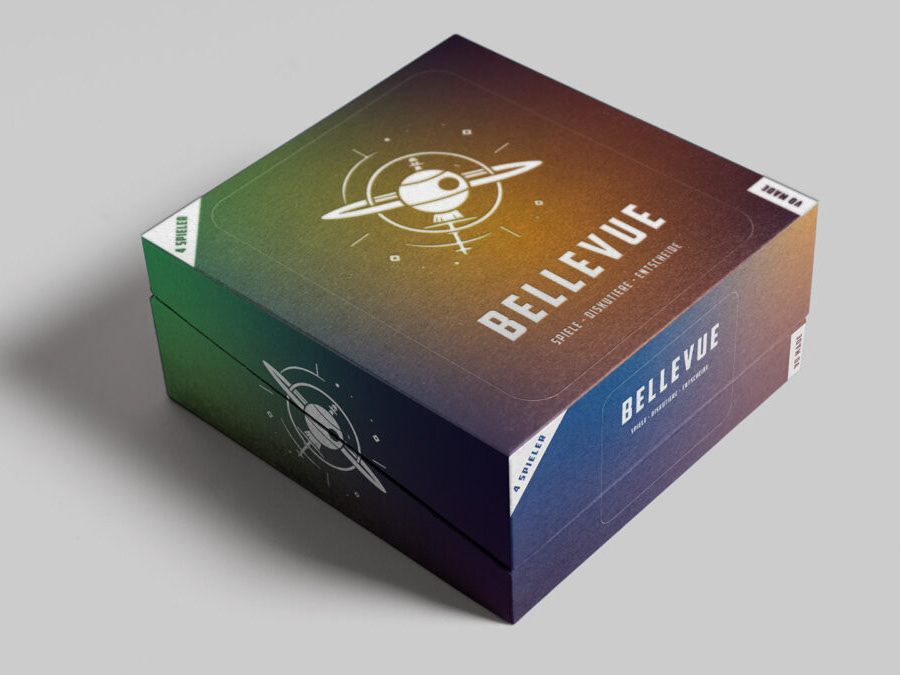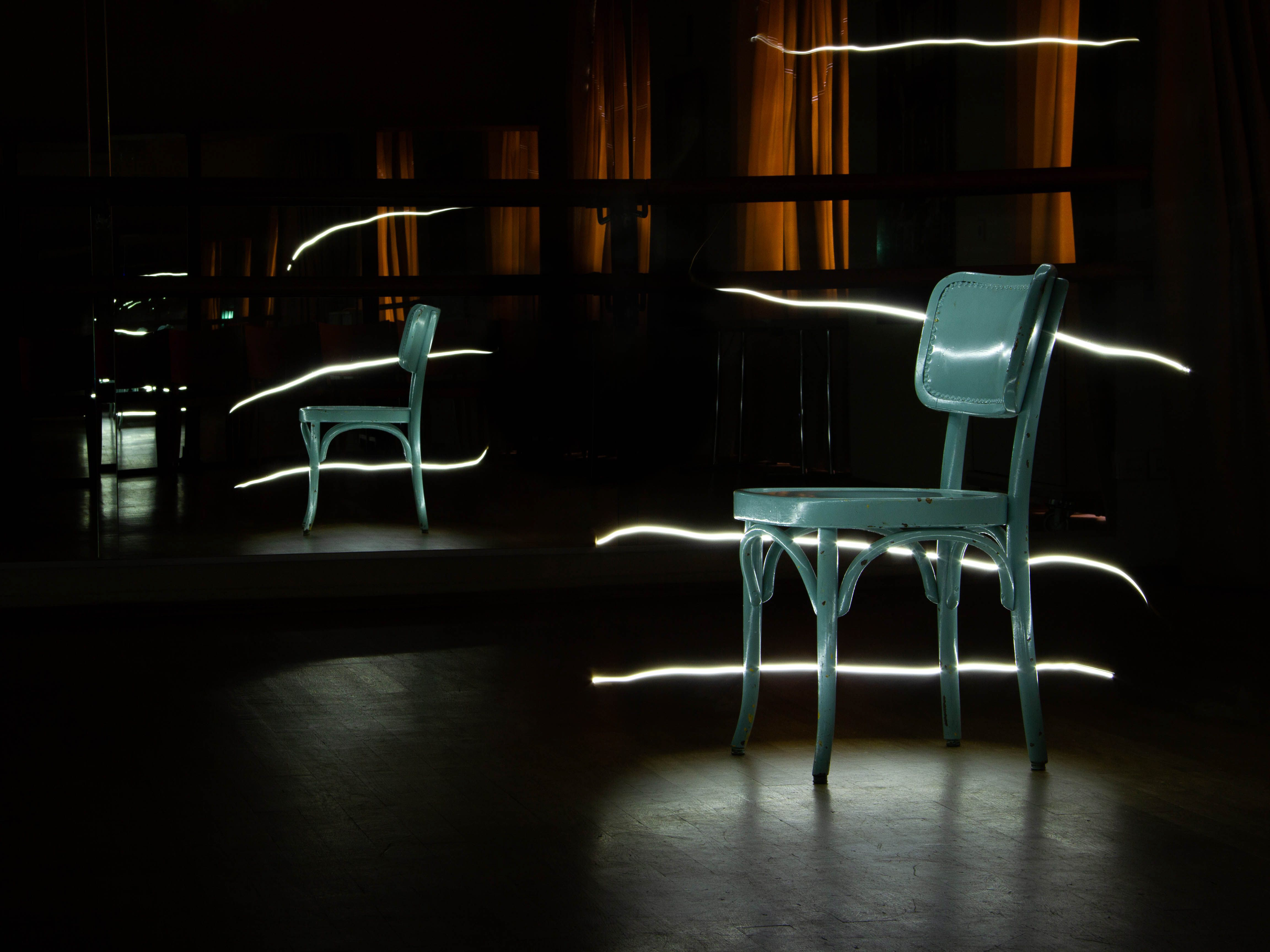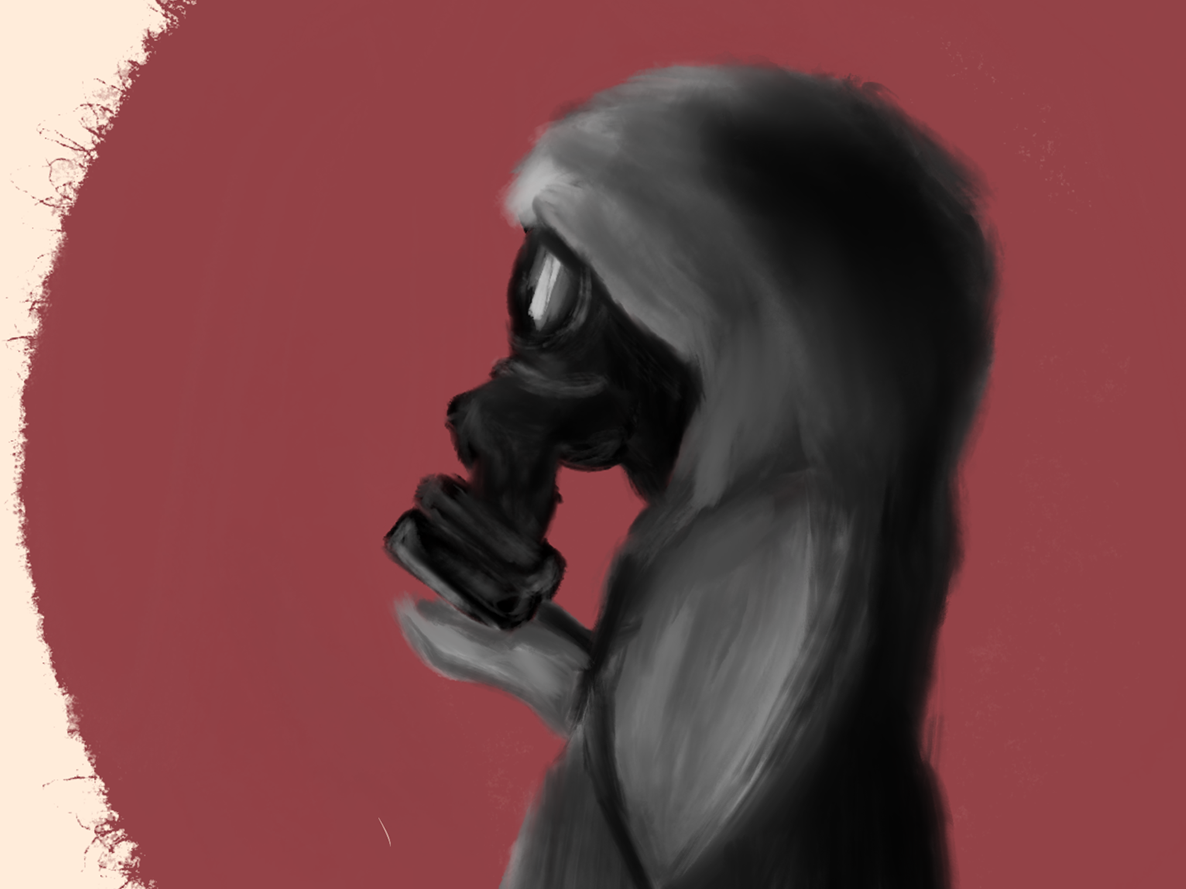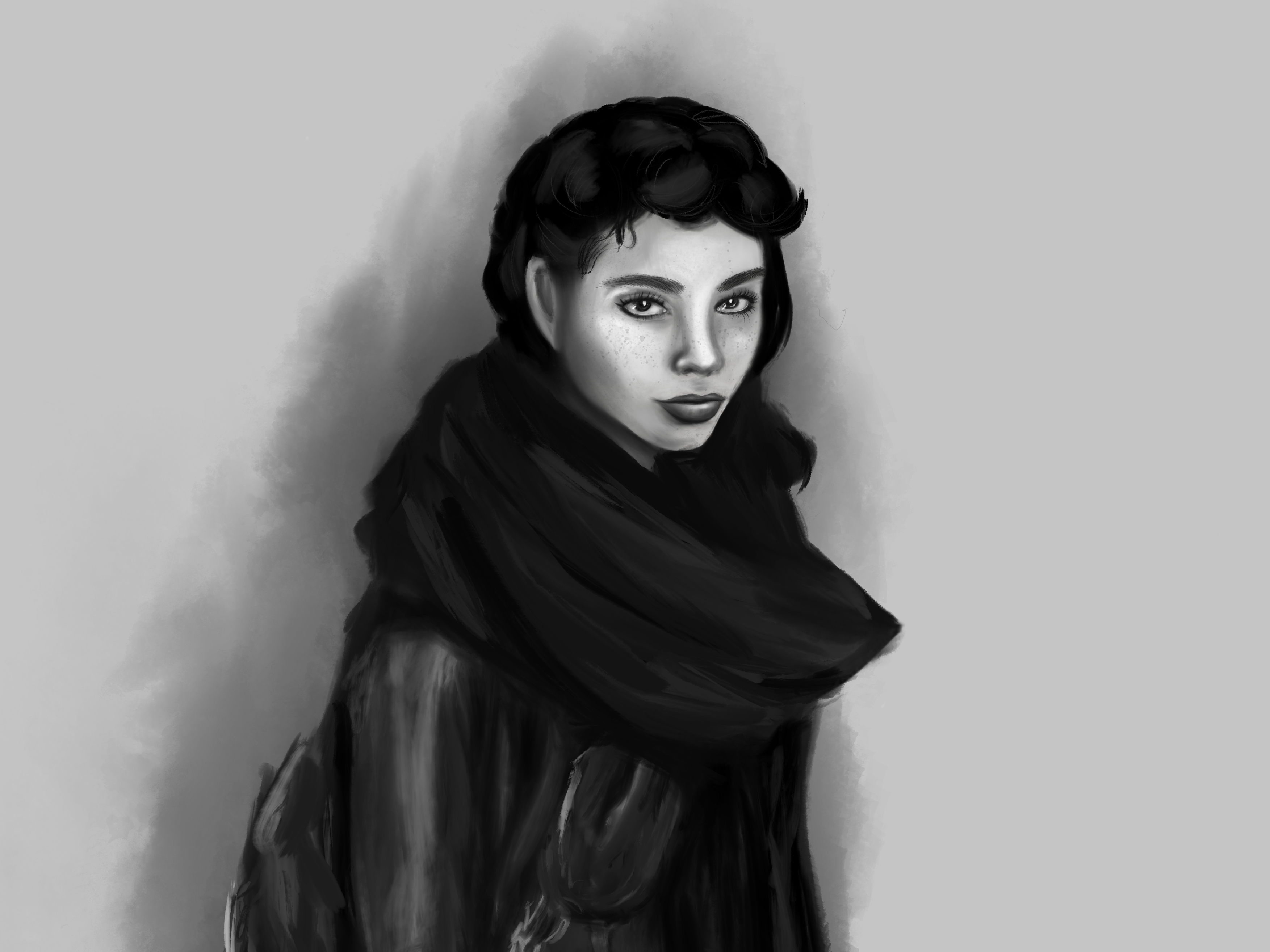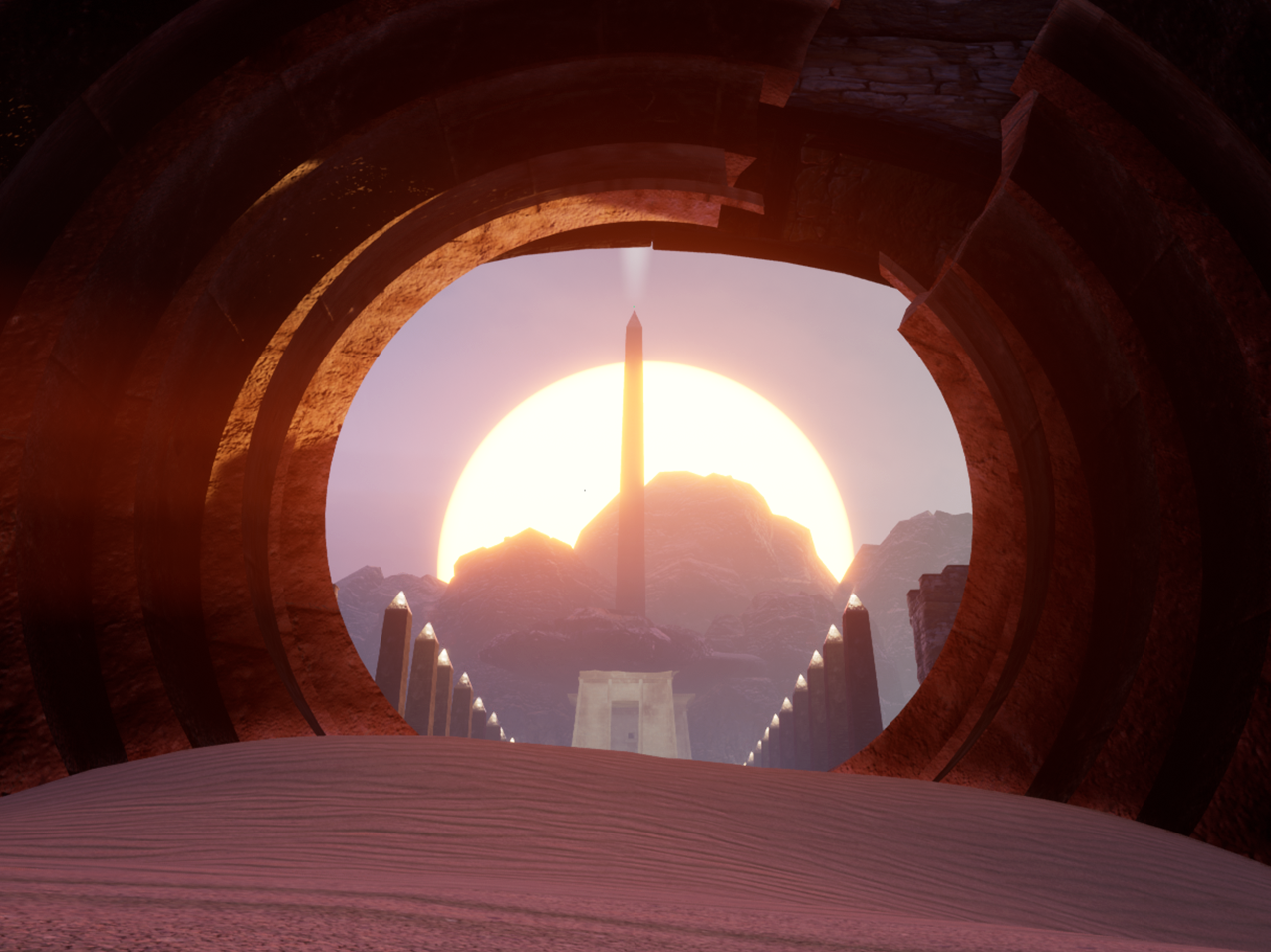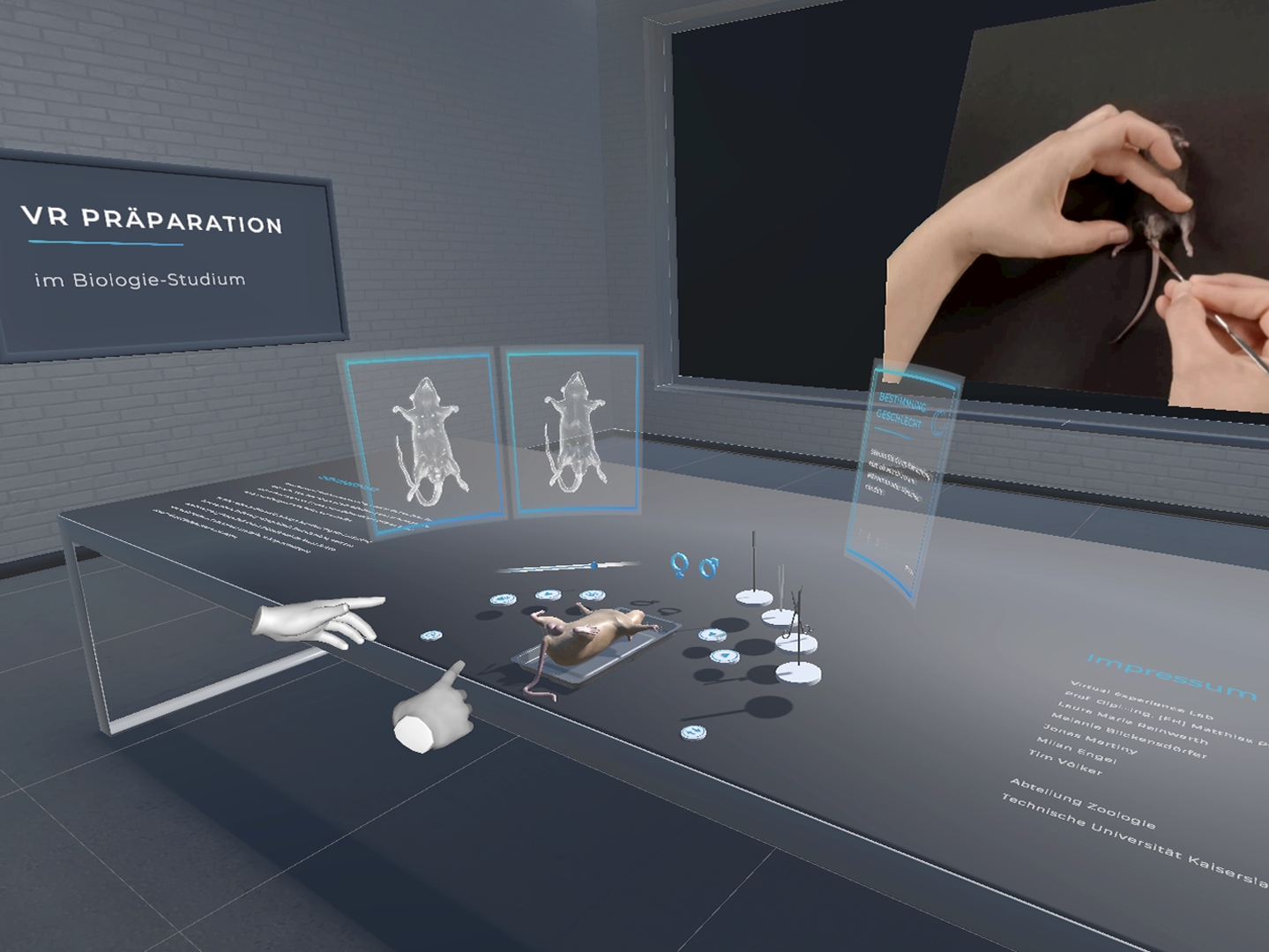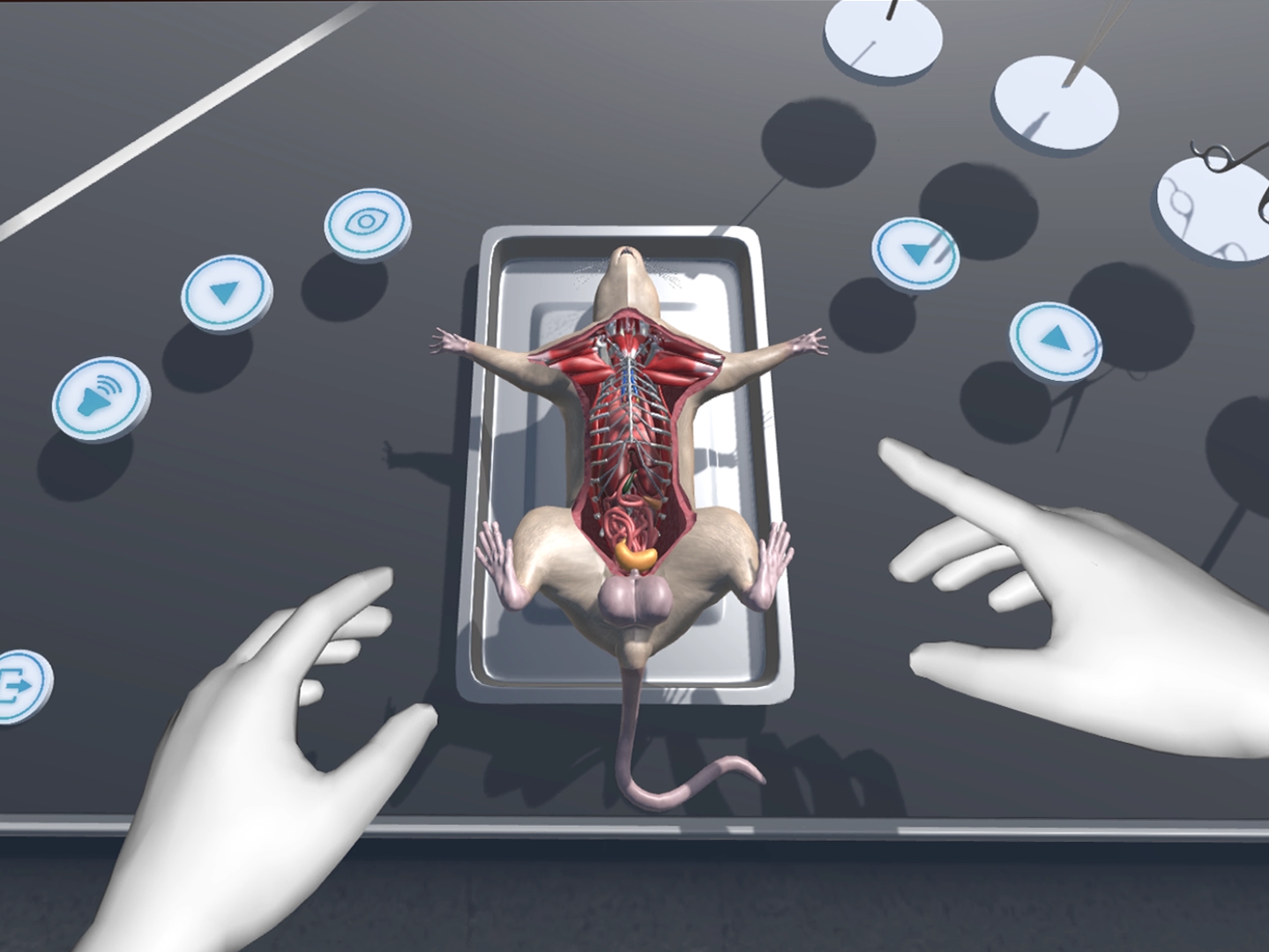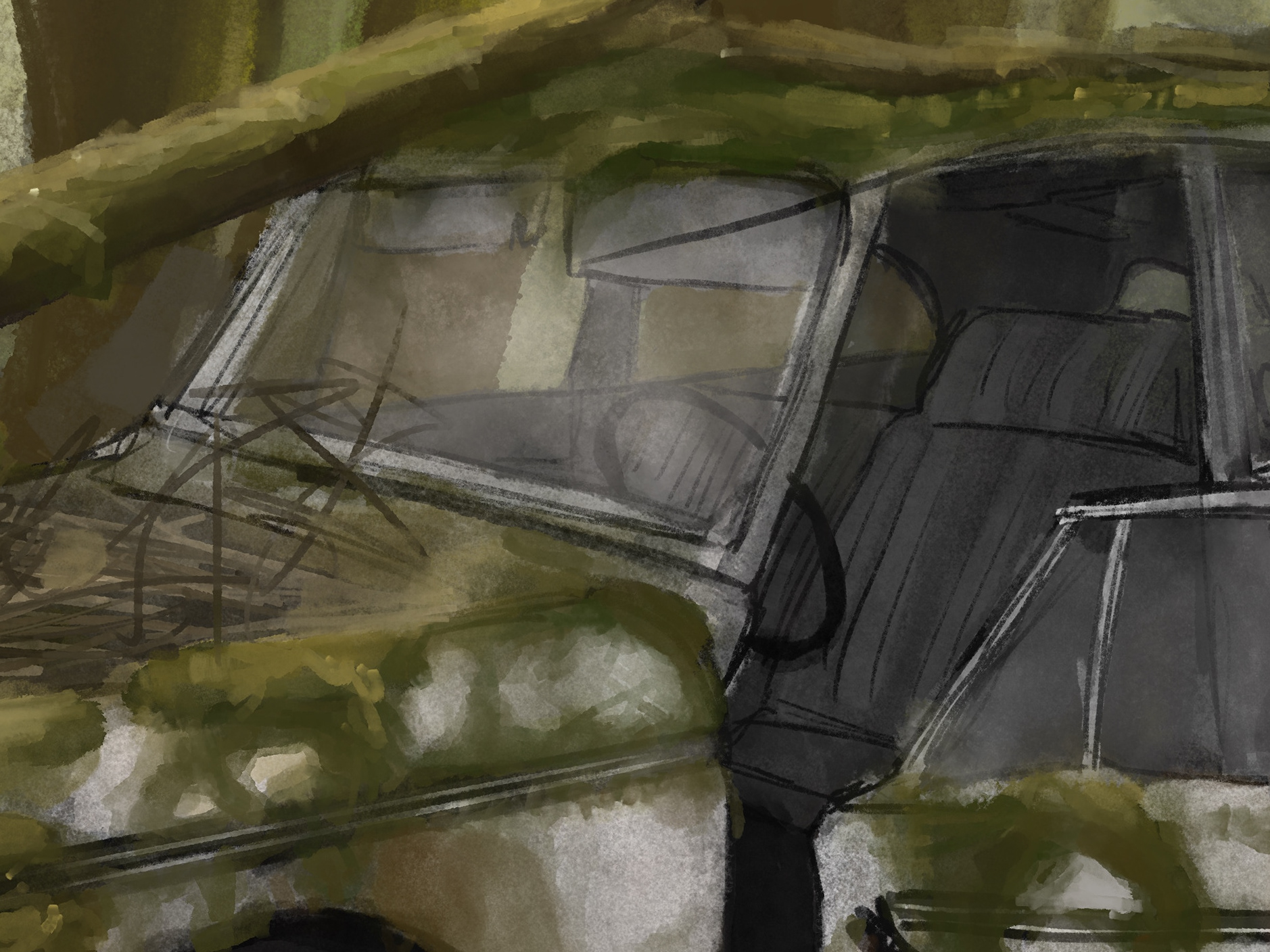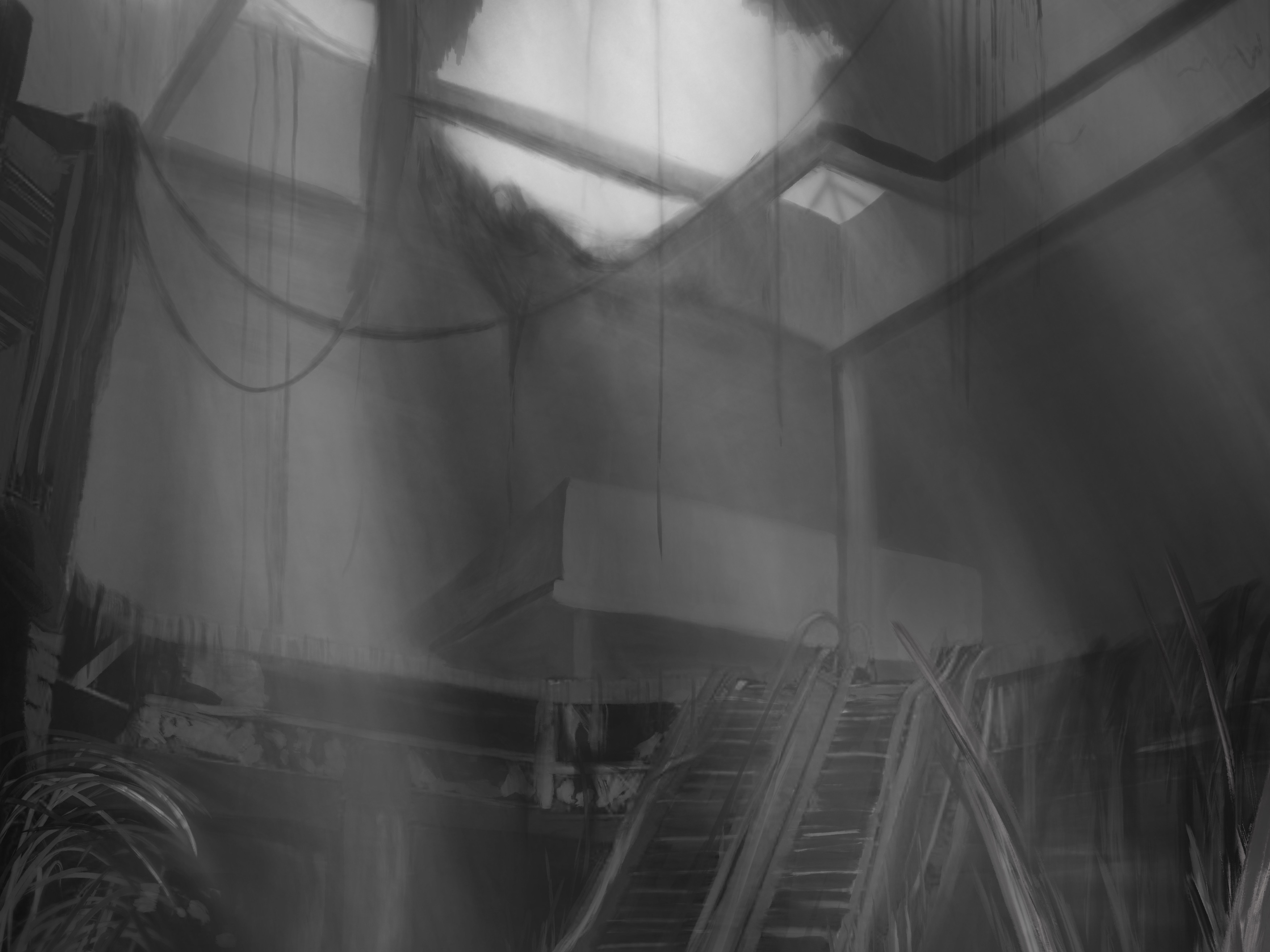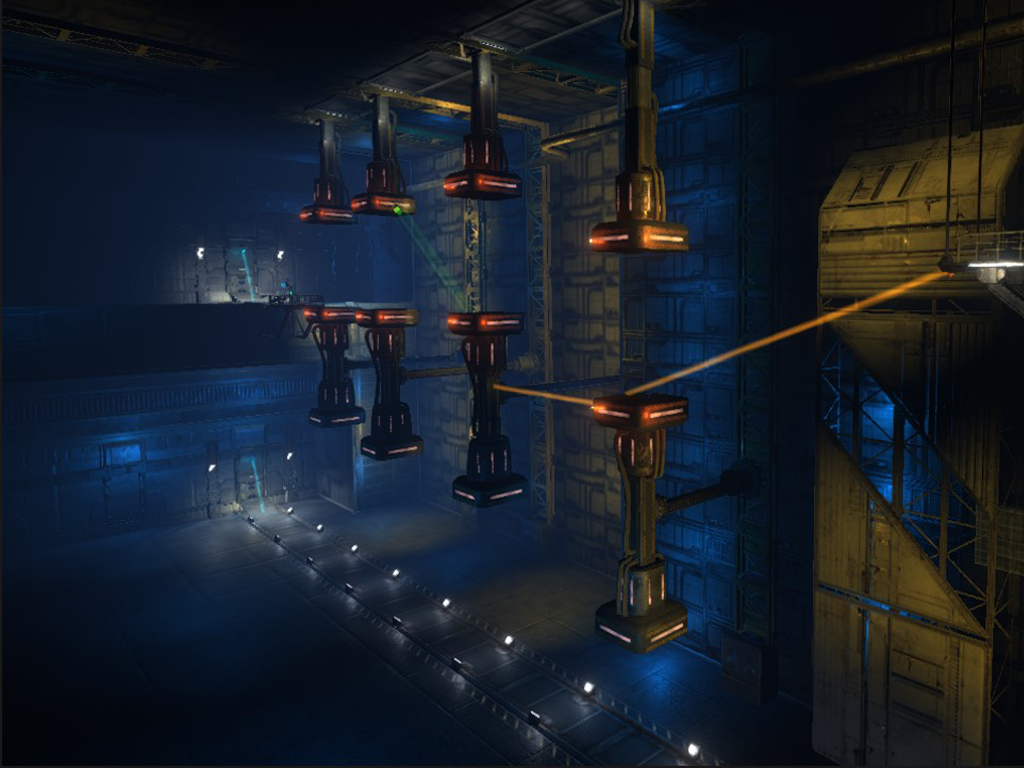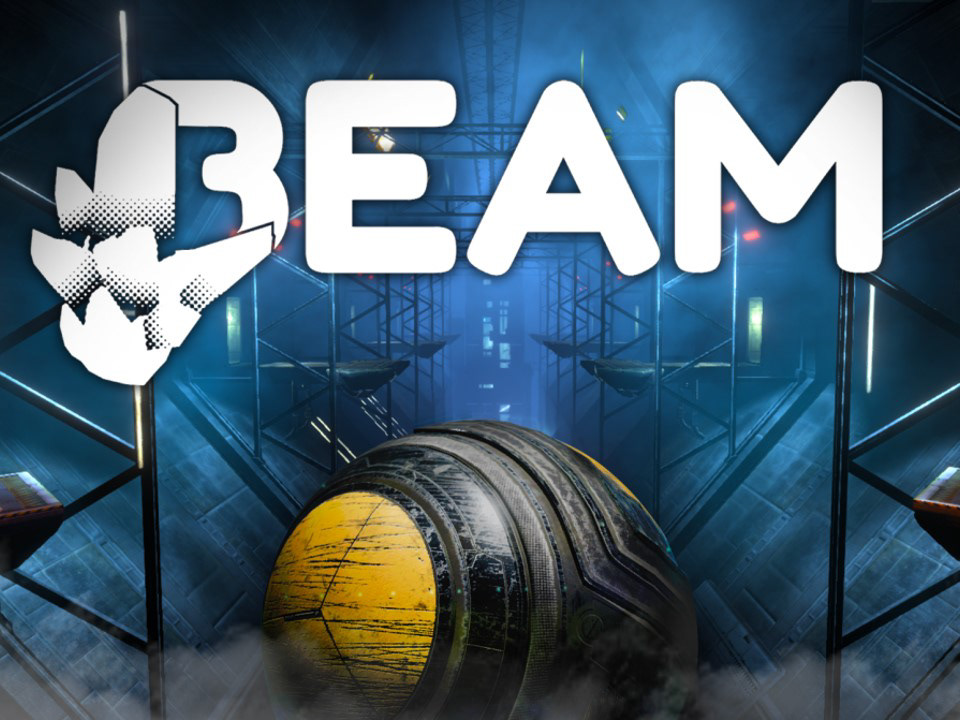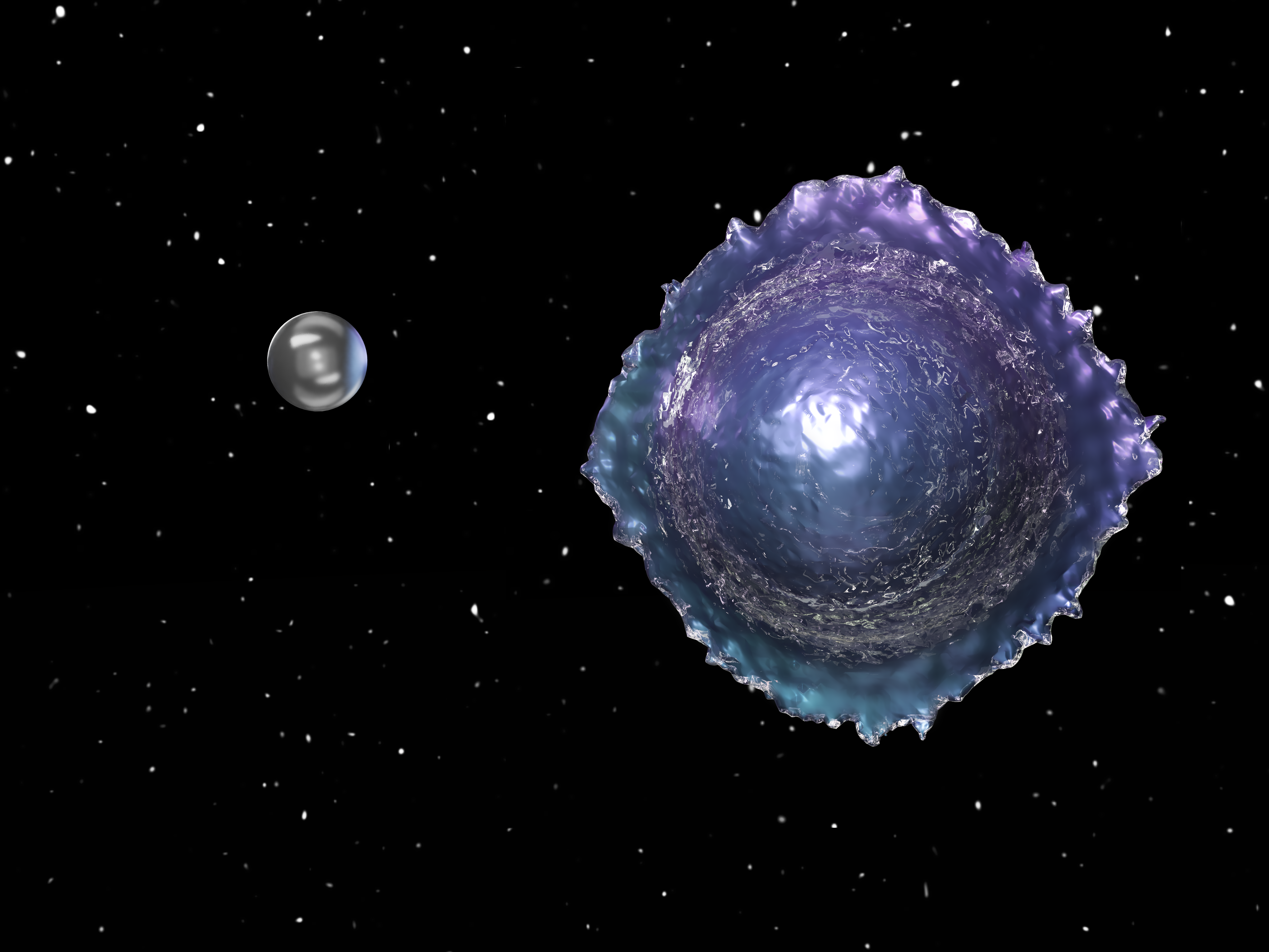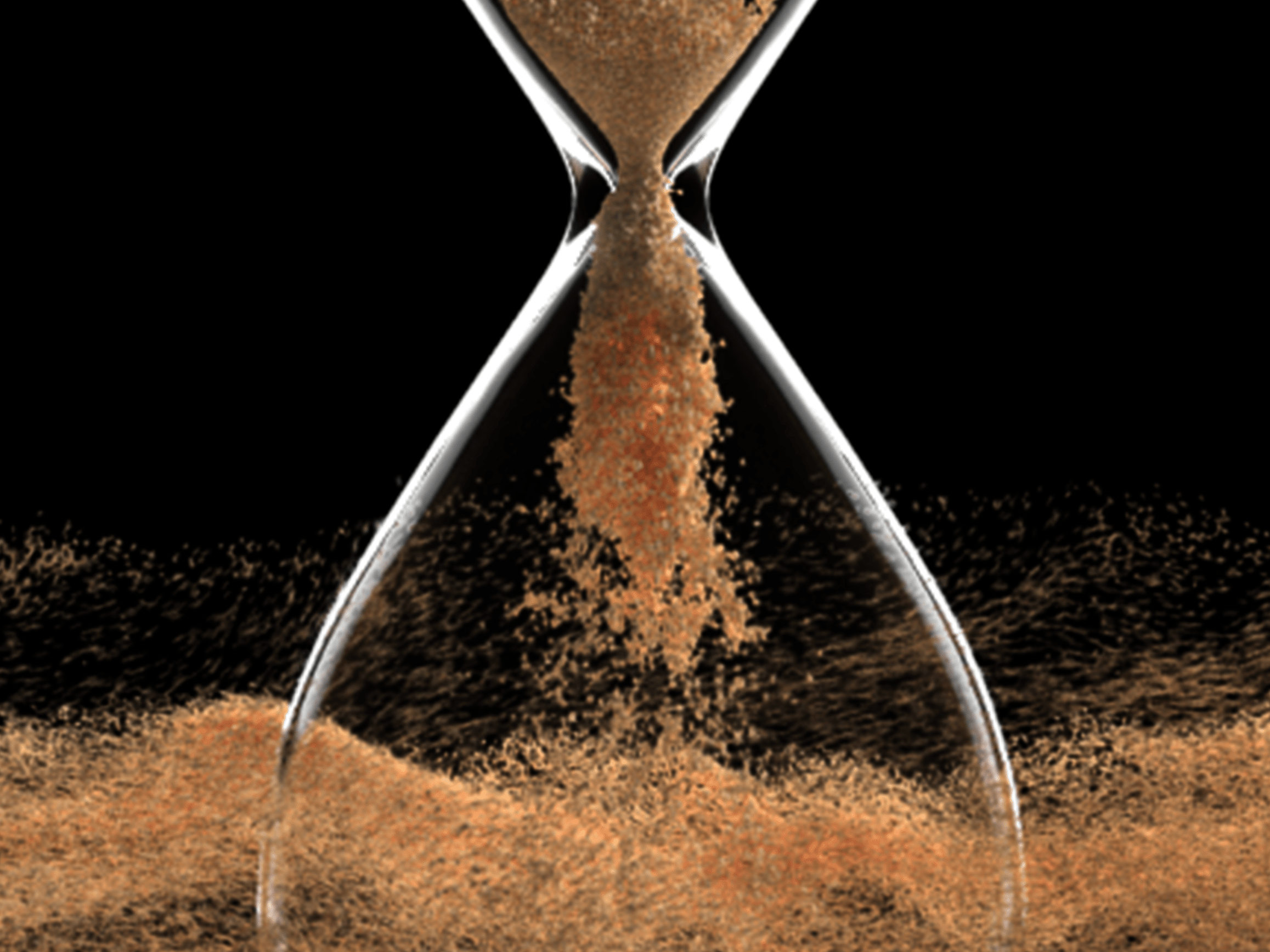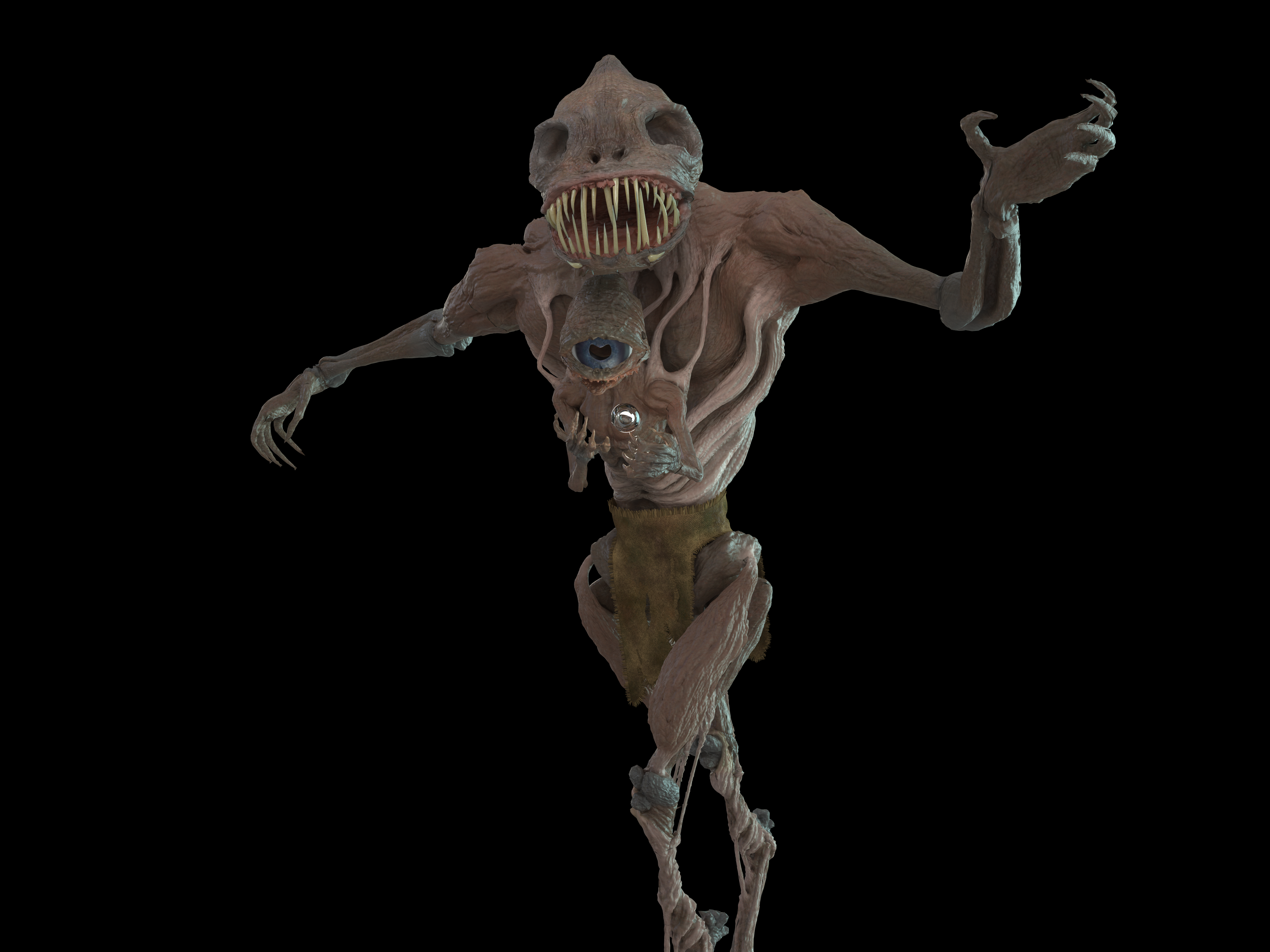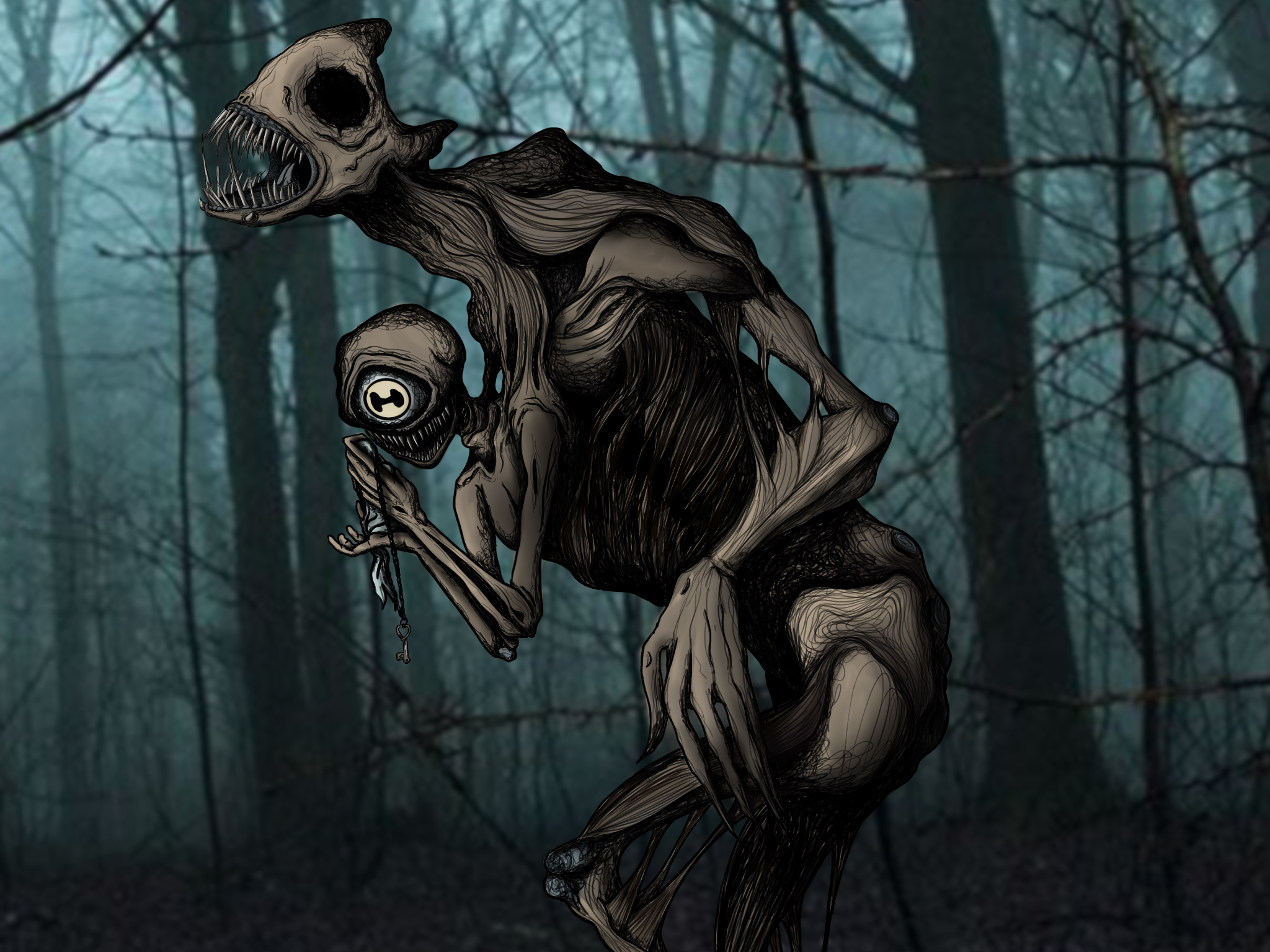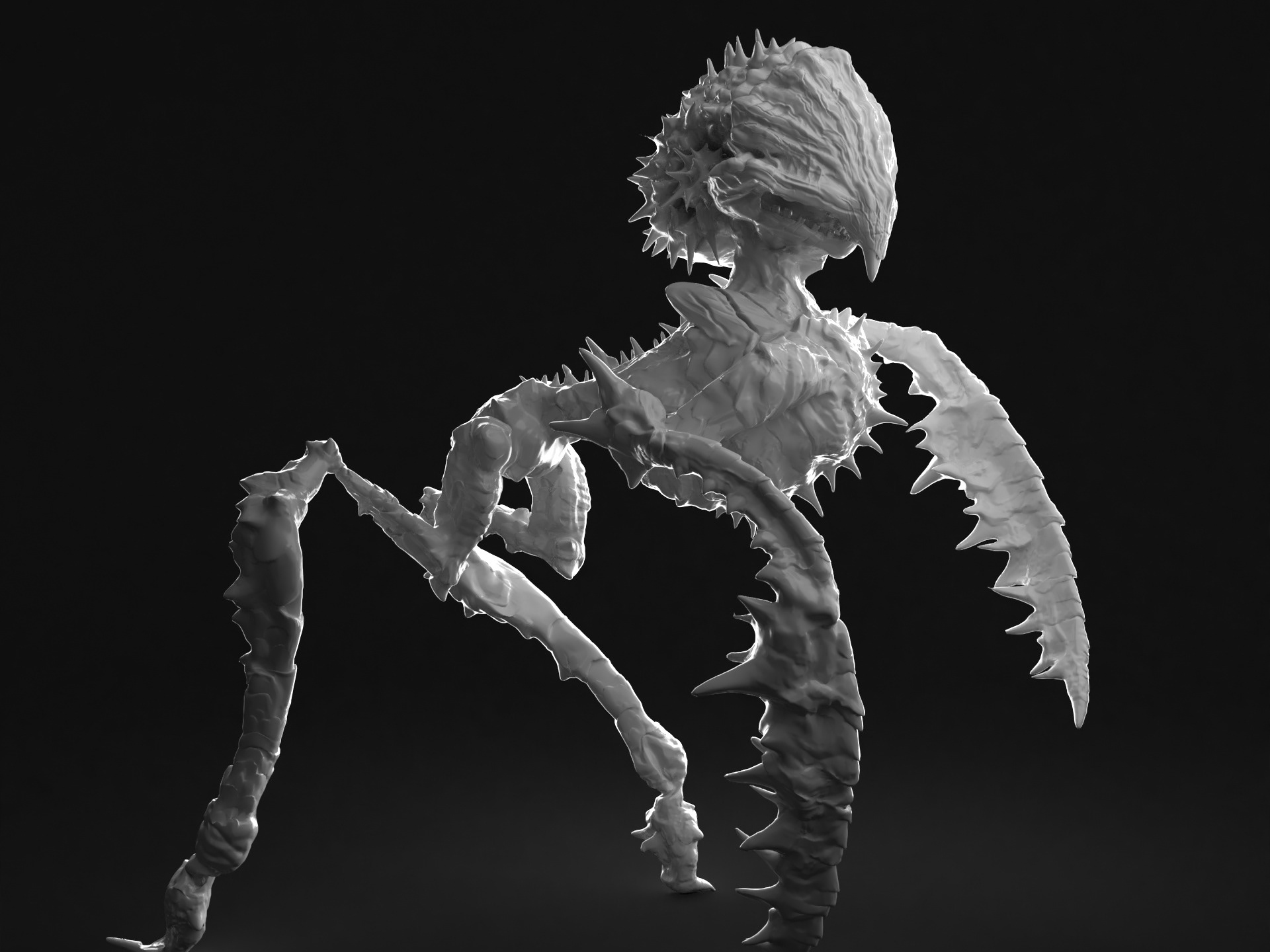Master-Thesis: Practical Part
Development of a creature/monster design for a computer game that generates the maximum possible fear by understanding and creatively implementing the mechanisms that trigger fear. This monster should not only startle but also evoke lasting fear on multiple levels.
"Von der Theorie zum Terror: Multidisziplinäre Untersuchung der Angst und ihre Übersetzung ins Creature Design"
"From Theory to Terror: Multidisciplinary Investigation of Fear and its Translation into Creature Design"


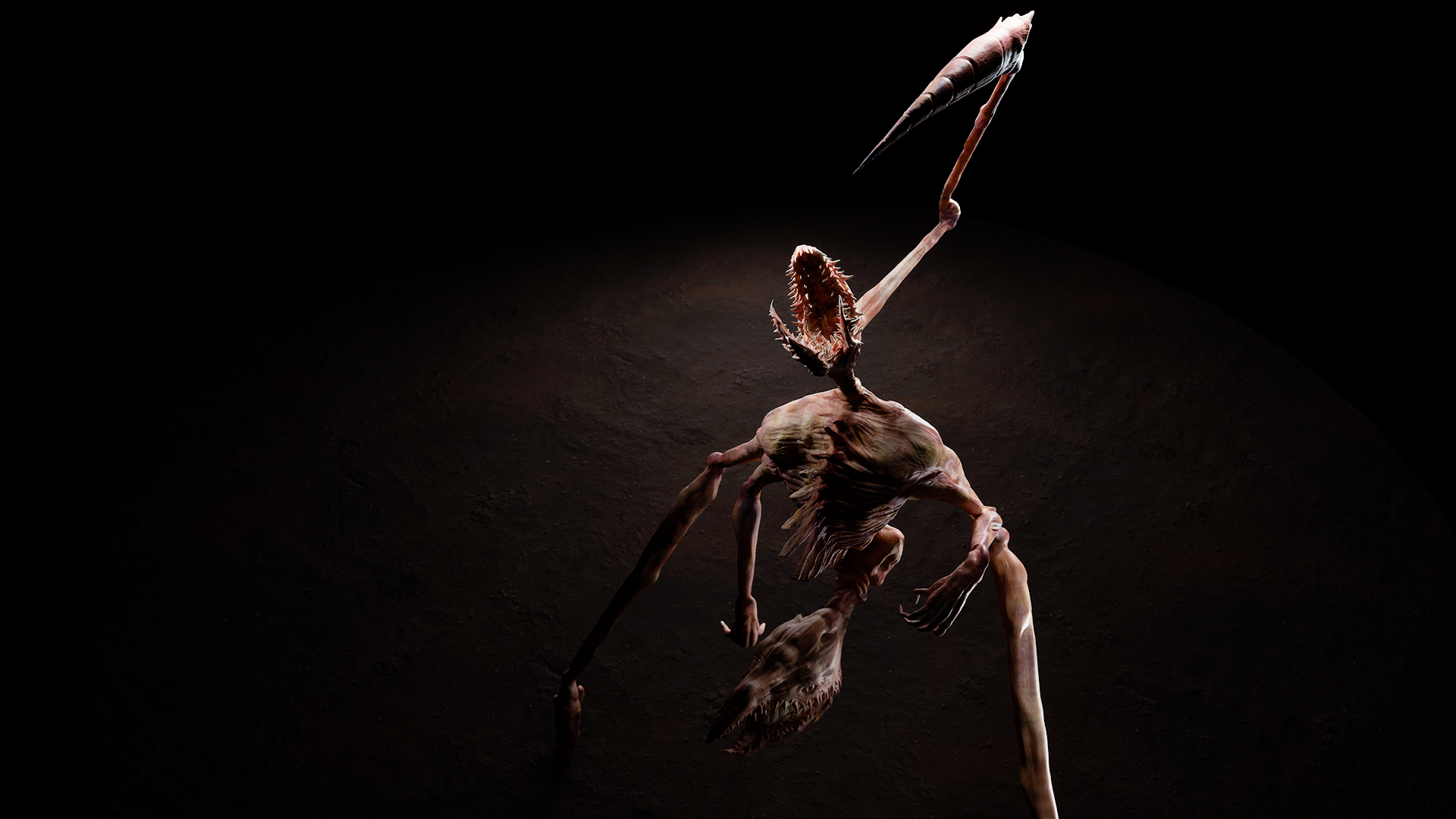
Introduction:
Fear, an emotion that has fascinated and perplexed researchers across numerous fields, is a fundamental, universal element of human experience, deeply rooted in our biological and cultural heritage. From primitive survival instincts to modern psychological concepts, fear shapes our perception, behavior, and interactions with the world around us, both directly and indirectly. It is a psychological as well as a physical reaction, shared by all higher vertebrates—a view that aligns with the psychological understanding of fear as an essential survival mechanism. Yet this core emotion holds significance not only in daily life but also plays a crucial role in art and entertainment. In creature design, fear is a central theme that can provoke intense emotional reactions and offer a profound exploration of human nature.
In this work, my goal is to design a monster for a computer game that generates the maximum possible fear by understanding and creatively applying the mechanisms that trigger fear. This monster is intended not only to startle but also to evoke sustained fear on multiple levels. Identifying and targeting these various levels of fear requires a deep understanding of the mechanisms that trigger it. By combining psychological, biological, and cultural approaches, I aim to explore how fear is created and how it can be effectively used through visual design in a monster. These insights will be examined through a multidisciplinary approach and will serve as the foundation for crafting a monster that elicits a strong emotional response and powerful visual impact.
From the outset, this work aims to link the theoretical foundations of fear with the practical design process. The central element lies in applying different aspects of fear, as understood in natural sciences, art, entertainment, and psychology, to creature design. The process is systematically structured: first, I will analyze the nature of fear and categorize it into different types, each with distinct effects on human experience. This analysis will help to identify the specific mechanisms that can be applied in the design of a monster to trigger deep-seated and lasting fear in players.
"Fear" encompasses various, though related, psychological states. We may fear something (reactive fear), be afraid of doing something or of something happening (propositional fear), or simply feel a pervasive sense of fear (experiential fear). At the start of this in-depth study, it is therefore crucial to clarify different terms, as fear is not a uniform emotion but includes diverse forms and combinations. Each form of fear has its own characteristics and triggers, which must be considered when analyzing horror and its impact. Monsters have long been a fundamental element in various entertainment media such as novels, films, and video games. Their appearance is meant to provoke intense emotional reactions deeply embedded in the psyche of the audience. Understanding how fears arise is therefore essential for the creative realization of these creatures. Monster design plays a central role in the development of video games, particularly in the horror genre, as it contributes significantly to the creation of intense and memorable player experiences. Good monsters are not just visual or narrative elements; they act as catalysts for experiencing fear—one of the most powerful emotions a game can evoke. Fear is essential in the horror genre, placing players in a constant state of tension, sharpening their senses, and enhancing their immersion in the game world.
By examining the mechanisms of fear in horror media, I can advance the design of a monster that leverages these insights to create an intense and unforgettable encounter. This understanding not only advances creature design but also enables a deeper exploration of the human psyche and its creative expressions. Yet, this work also focuses on the artistic implementation of fear within creature design. I will employ various aspects such as color, form, dynamics, and demeanor to visually evoke fear through specific triggers in the creature. The impact of this implementation on viewers can then be quantitatively evaluated through both medical measurement of physical responses, such as pulse and skin conductivity via biofeedback, and through a questionnaire.
